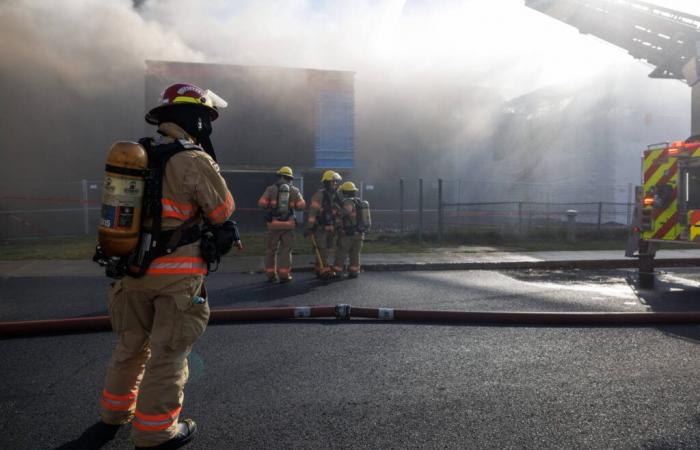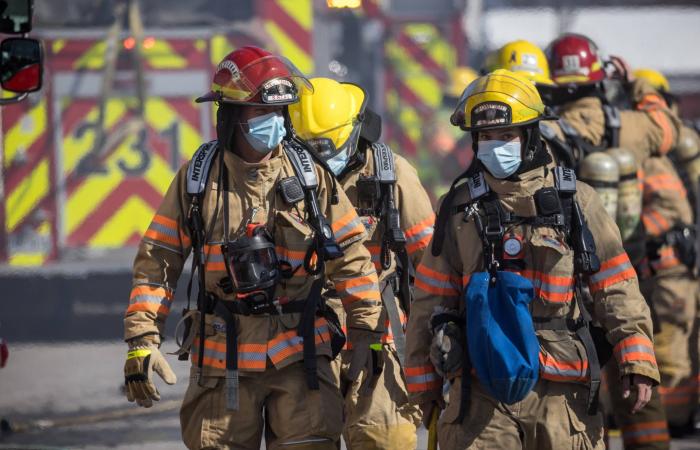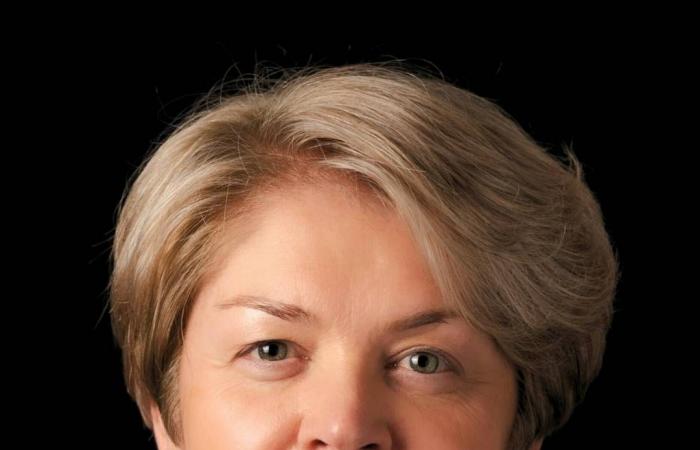Jean Melançon, director of the Fire Safety Service of the Longueuil agglomeration (SSIAL), and Claude Brosseau, director of the Fire Authority of the Alliance des Grandes-Seigneuries (RIAGS), are satisfied with the investment of 12.29 $1 million from the federal government to improve cancer prevention and treatment among Canadian firefighters. They shared with The Southern Courier the evolution of practices in their profession, highlighting improvements in safety and health.
Chief Melançon recalls a time when the dirtiness of a firefighter’s equipment was seen as an indicator of the rigor and intensity of his work.
“The dirtier the firefighter’s gear, the harder it meant he was working.”
– Jean Melançon, director of the Longueuil agglomeration fire safety service
“But mentalities have changed and several measures have been taken in recent years to reduce the risk of cancer,” he continues. We have decontamination procedures on site. Each firefighter now has two complete pieces of equipment. We have industrial washers in each barracks.”
The director of the Longueuil agglomeration fire safety service, Jean Melançon. (Photo: courtesy)
To this end, the new barracks 44 in Brossard has a bay for cleaning and decontaminating vehicles and equipment after an intervention.
The director of SSIAL adds that fires are developing three times more quickly today than when he started in the profession, due in particular to the synthetic materials and plastics used in construction.
Take a deep breath!
As for RIAGS, which provides coverage for Saint-Constant, Sainte-Catherine, Candiac and Delson, chef Claude Brosseau also confirms the implementation of good decontamination practices. “There have been a lot of changes over the last few years. Therefore, facial respiratory devices are worn at all times during interventions.”
“When I started 40 years ago, we would take a deep breath and walk into the burning building!”
– Claude Brosseau, director of the fire department of the Alliance des Grandes-Seigneuries
Mr. Brosseau adds that the two future barracks, one on Route 132 which will cover Saint-Constant and Sainte-Catherine, and another in Candiac, will also be equipped with a decontamination bay.
Claude Brosseau, director of the Fire Authority of the Alliance des Grandes-Seigneuries. (Photo: courtesy)
RIAGS has 80 firefighters.
Recognized cases of cancer
At SSIAL, which has 300 firefighters in its ranks, one active firefighter and four retired firefighters have had their cancer recognized by the CNESST. “There are nine forms of cancer recognized in Quebec,” indicates its director Mr. Melançon. The firefighter must also have between fifteen and twenty years of service.”
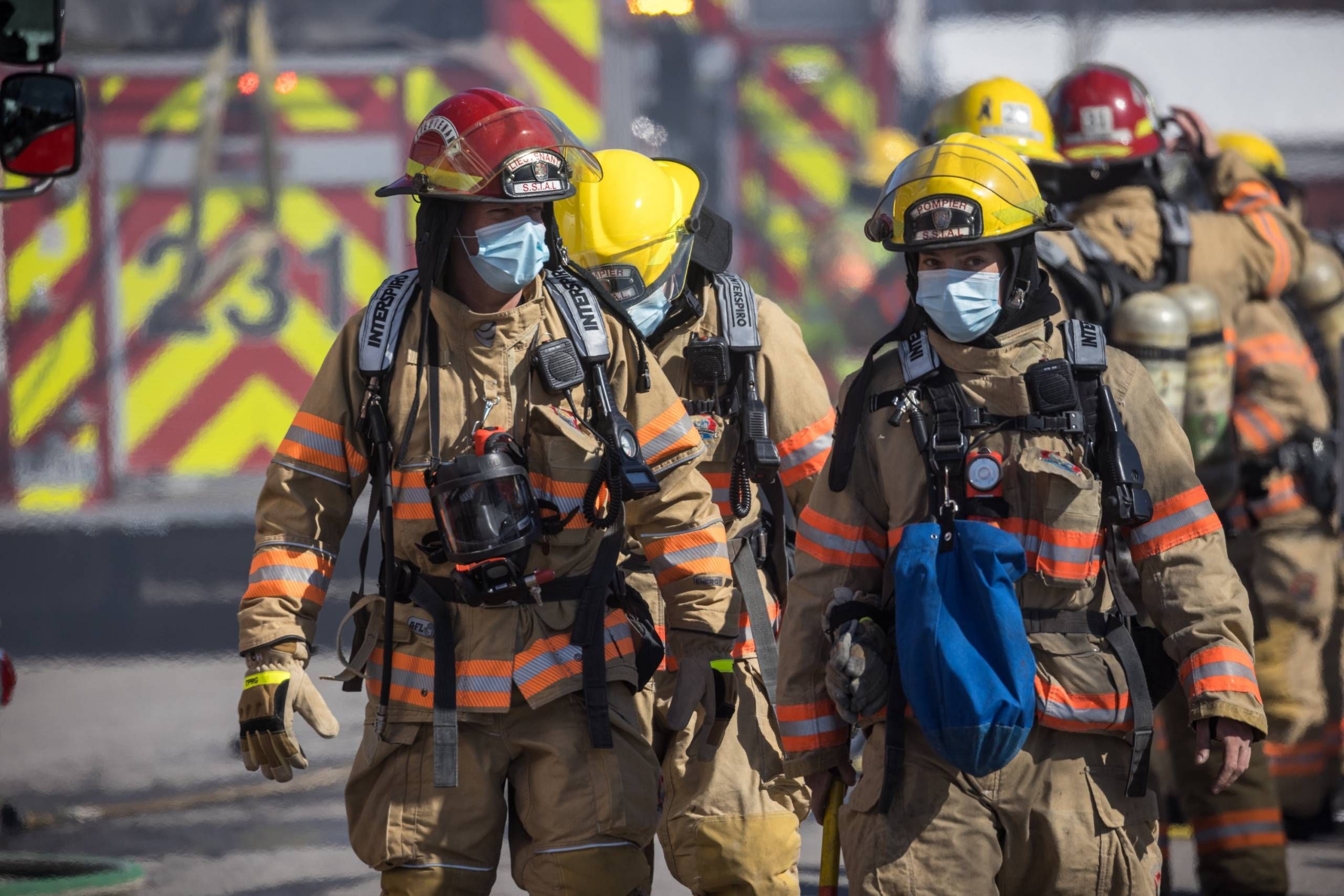
Quebec recognizes nine forms of cancer among firefighters as occupational diseases compared to 19 in Ontario. But the number of recognized cancers will increase shortly in Quebec. (Photo: Le Courrier du Sud – Archives)
The nine forms of cancer recognized by Quebec since 2021 are kidney, bladder, prostate, skin, larynx and lung cancers, as well as mesothelioma, multiple myeloma and non-Hodgkin lymphoma. “We are working to have more forms of cancer recognized. Ontario recognizes 19,” explains Mr. Melançon, who is also co-president of the Association of Quebec Fire Chiefs.
Quebec recently recognized leukemia as an occupational disease for firefighters, marking significant progress in occupational health for this high-risk profession. The government is also preparing to expand the list of cancers recognized as occupational diseases by adding brain, testicular, esophageal and colorectal cancer, as well as breast cancer.
On the RIAGS side, no cases of cancer have been recognized to date.
Cadre national
In June 2023, Parliament unanimously adopted Bill C-224 aimed at establishing a national framework for the prevention and treatment of cancers linked to firefighting.
This framework aims to protect firefighters from exposure to toxic substances and includes six pillars: research, data collection, training, diagnostics, information sharing, and establishment of health and safety standards. It supports prevention, awareness and collaboration to better protect firefighters against occupational cancers.
It was the MP for Longueuil-Charles-LeMoyne, Sherry Romanado, who tabled this private member’s bill in 2022.
“Firefighters put their lives on the line every day to keep Canadians and our communities safe […]she declared to Southern Mail at the time. We all have a responsibility to do everything we can to keep them safe. As the daughter and wife of volunteer firefighters [à Greenfield Park]I take this responsibility to heart. It’s very personal and very important to me.”
“Our goal with this framework is to save lives,” she said, adding that she hoped other jurisdictions would do the same.
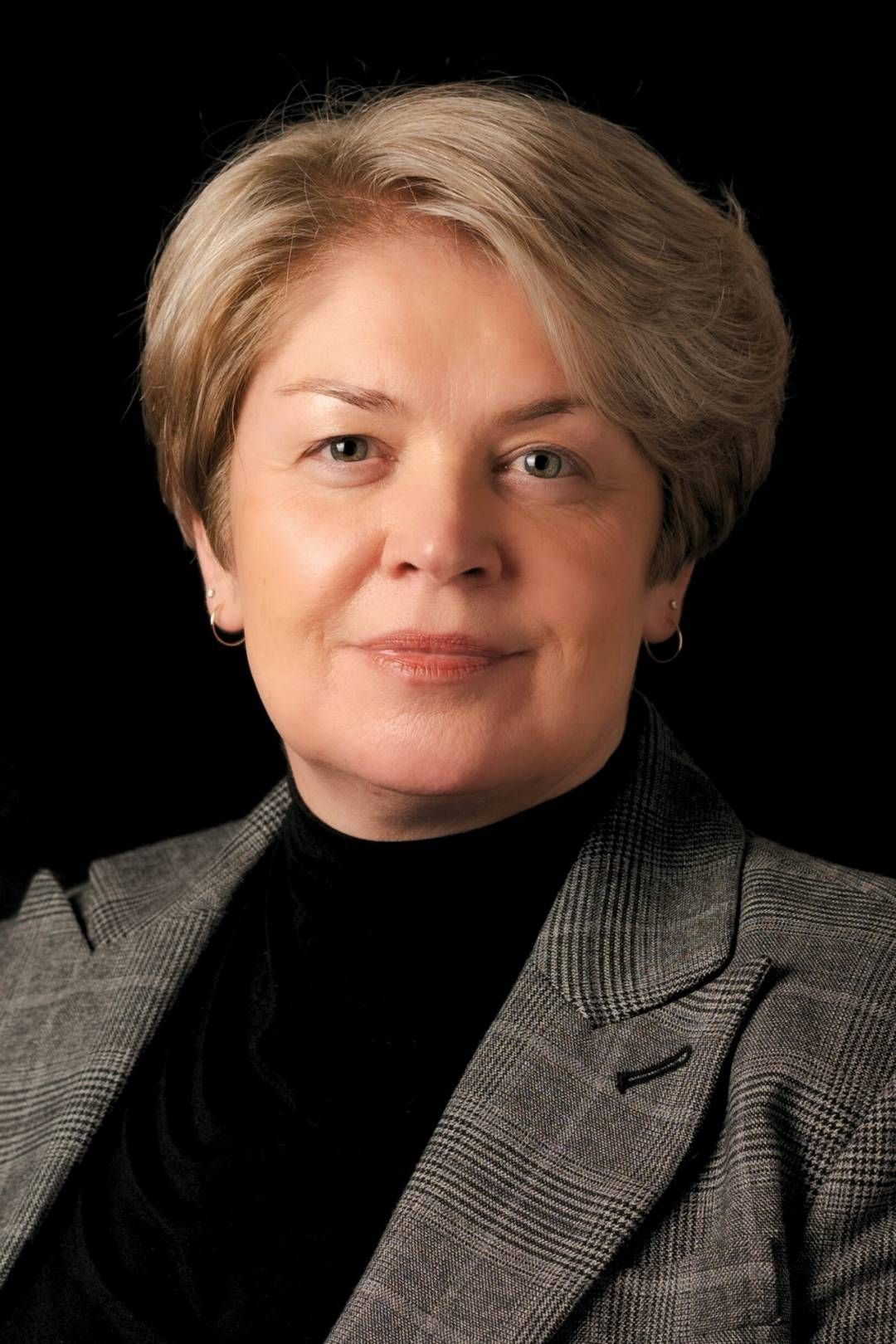
The MP for Longueuil-Charles-LeMoyne, Sherry Romanado, tabled this private member’s bill in 2022. (Photo: courtesy)
Quick facts
- Cancer is the leading cause of work-related death for firefighters in Canada.
- Since 2021, Health Canada and Environment and Climate Change Canada have advanced research related to the plan to protect firefighters from harmful chemicals emitted during residential fires. They also have regulatory measures in place against PFAS (perfluoroalkyl and polyfluoroalkyl substances) and certain harmful flame retardants.
- In June 2022, the International Agency for Research on Cancer classified firefighting as an agent known to be carcinogenic to humans.
- From 2005 to 2016, cancer was involved in 86% of compensation claims following a work-related death. In fact, studies show that firefighters have a 9% higher risk of being diagnosed with cancer, and a 14% higher risk of death from cancer, than members of the general public.
- Since 2024, the month of January has been called “Firefighter Cancer Awareness Month” in Canada.

